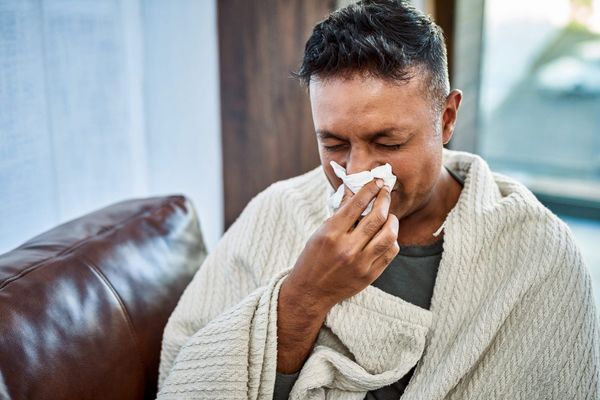A CALL has been made for urgent action on the health and environmental risks of tyre particles (TPs).
Researchers have found they contain hundreds of unknown chemicals, many of which leach into the environment and pose unknown risks.
Accounting for nearly one-third of all microplastics, TPs differ significantly from conventional microplastics in size, chemical complexity and behaviour in ecosystems.
As a result, they should be classed as a distinct environmental threat, according to an international team of scientists.
Their research highlights the gap in current knowledge about the environmental presence, transportation and toxic impact of these particles.
“Our study calls for TPs to be separated from traditional microplastics and recognised as a unique threat to environmental and public health,” said Henry Obanya, from the Institute of Marine Science and a member of the Revolution Plastics Institute at the University of Portsmouth. “We need focused research to understand their pathways and impact.”
Unlike conventional microplastics which are predominantly made of simpler polymer chains, TPs are derived from rubber with a complex mix of synthetic and natural materials.
They contain numerous additives such as polyaromatic hydrocarbons, heavy metals and stabilising chemicals that make them chemically unique and potentially harmful as they degrade in the environment.
While traditional microplastics are typically smaller than 5mm, tyre particles exhibit a broader particle size distribution, with some particles larger than 5mm and are dispersed across ecosystems through road runoff and wind, eventually settling in waterways, soil and even entering food chains The researchers are now calling for more transparent information on the chemicals used in tyre production, noting that industrial confidentiality currently limits insight into the specific compounds within TPs.
Studies have shown that these chemicals – particularly leachates from TPs – are present in rivers worldwide and have been linked to negative impacts on aquatic life. For example, the tyre additive 6PPD and its transformation product 6PPD-Q have been associated with mass fish die-offs in North America.
Other recommendations include the establishment of an intergovernmental science-policy panel on chemicals, waste and pollution to tackle TPs on a global scale.
By addressing these research priorities, policymakers and regulators could reduce scientific uncertainties and better assess the risks TPs pose to ecosystems and human health, the scientists say.
In addition, a clear classification and targeted regulatory framework could lead to sustainable solutions in the tyre and automotive industries, aligning with global Sustainable Development Goals.
“This study is a clear call for co-ordinated international efforts,” said Obanya. “By recognising TPs as a distinct environmental threat, we can drive meaningful research, guide policy and ultimately work toward a healthier, more sustainable world.”







